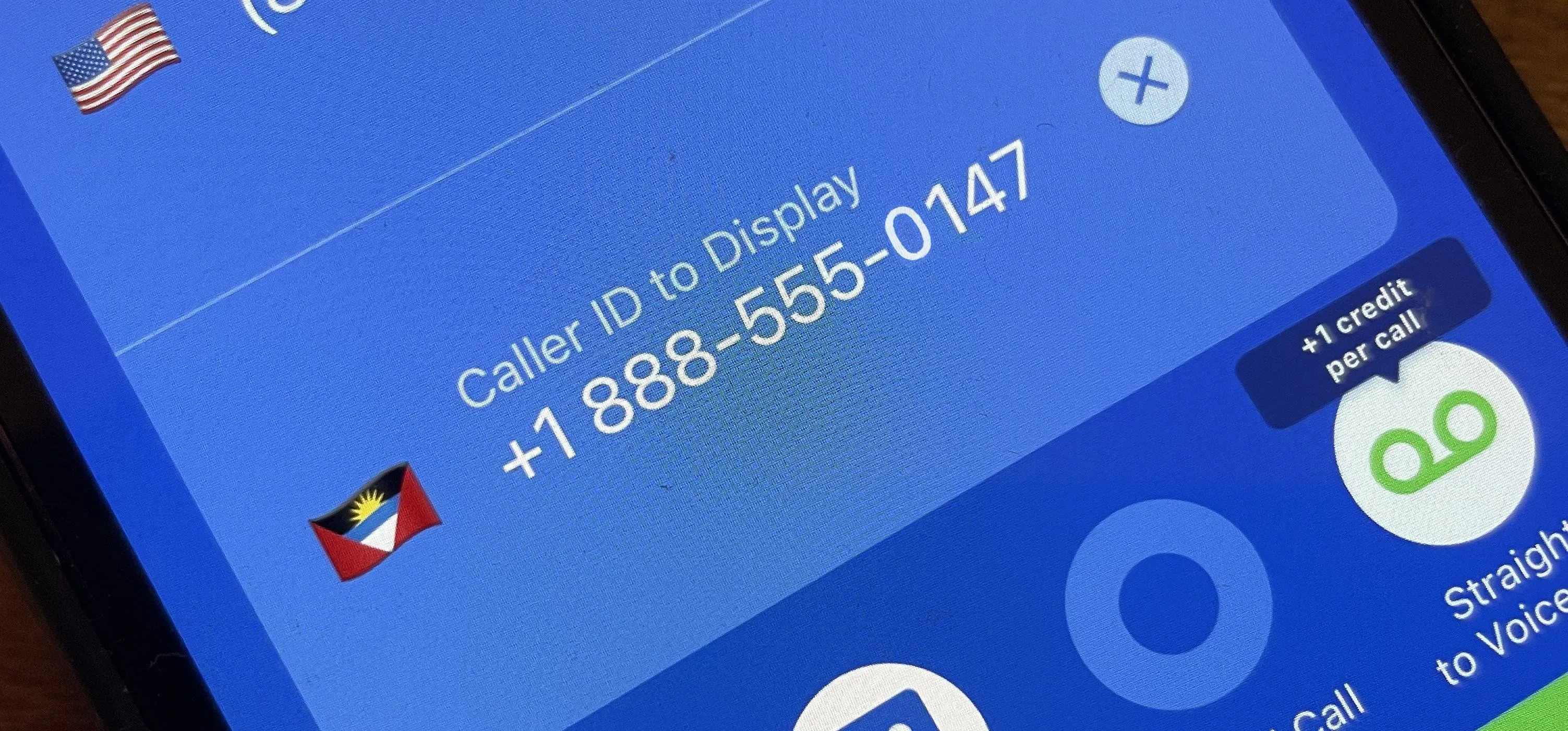Hacking Windows 10


how to
Use RedRabbit for Pen-Testing & Post-Exploitation of Windows Machines


how to
Bypass VirusTotal & AMSI Detection Signatures on Windows with Chimera


how to
Evade Detection of Netstat & Tasklist on a Windows 10 Machine
Featured On Null Byte:
Cyber Weapons Lab










Featured On Null Byte:
Wi-Fi Hacking










Featured On Null Byte:
Password Cracking










Featured On Null Byte:
Linux Basics

















































































































